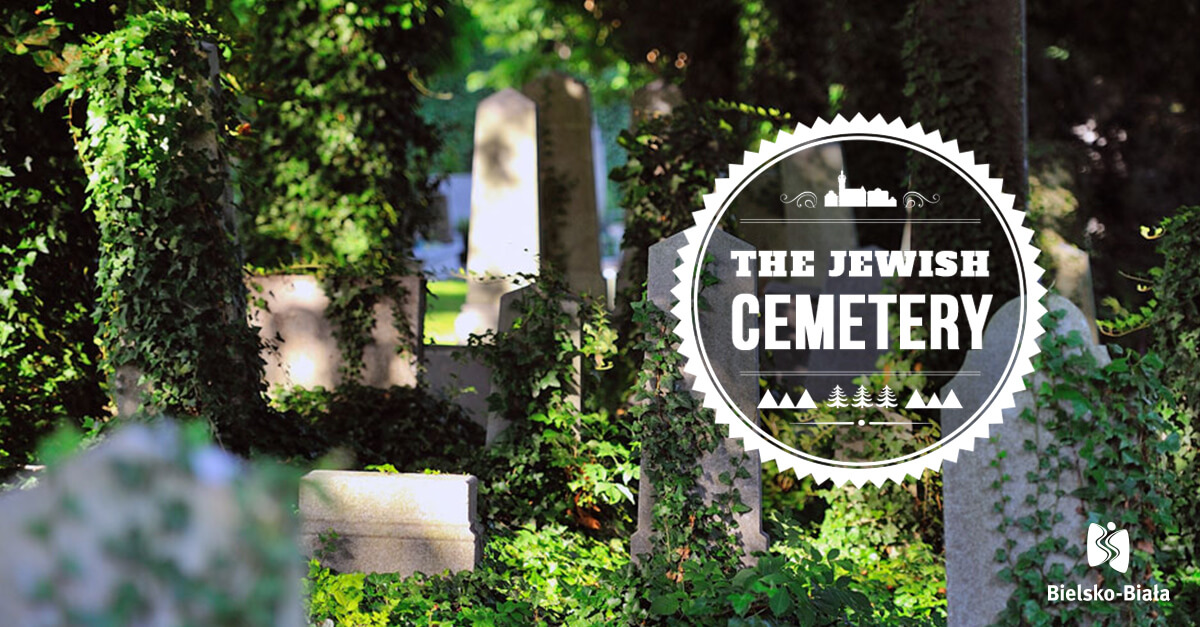
THE JEWISH CEMETERY
Two hours and forty-seven minutes. That’s how long Dr Jacek Proszyk’s tour of the Bielsko Jewish cemetery takes.
KIRKUT
Dr Jacek Proszyk has been organising tours of the Jewish Cemetery in Bielsko-Biała, the only such tours of this type, for about fifteen years now. I’m sure that on the day of the tour, regardless of weather conditions, people from Bielsko will turn up in droves. I’m also encouraging you, dear autumnal tourist, to take the opportunity to get to know this remarkable man whilst listening to some serious and some anecdotal tales about the life and times of the Jews in Bielsko and Biała. Dr Proszyk knows countless such stories.
Kirkut was established in the mid-19th century and grew exponentially after that time with the increasing number of citizens of the Jewish faith residing in Bielsko. It is currently 2.39 hectares in size. Also to be found on this site are the graves of Jews from Biała from the former cemetery there, which was demolished in 1966.
Just beyond the main gate we see the pre-burial house – the place where the funeral services are conducted. It was designed by Karol Korn, the same architect who designed the main railway station building, the Hotel President and the mountain refuge on Mount Szyndzielnia. In the first instance your attention is drawn to the two-tone red and yellow façade of the pre-burial house. Then inside the main hall your gaze turns to the ceiling polychromes.
At the cemetery at 92 Cieszyńska St you’ll find gravestones of many well-known dignitaries. These include, for instance, Maksymilian Rosenmann, a pioneer in the field of blood coagulability research, and Eugeniusz Reach, one of the first doctors in Central Europe to specialise in the field of plastic surgery.

THE AUTUMN TOUR
During the course of World War II over one thousand matzevahs were removed from the country. Huge marble and granite blocks were used by the residents of Berlin for their stairs, floors or other aspects of interior décor. The grave of Salomon Pollack, amongst others, suffered this fate. He was an honorary citizen of Bielsko and known as the “minister of finance” by its residents. During his thirty-two years as a Bielsko councillor he was responsible for the budget of a rapidly expanding city. His time saw the introduction of gas, electricity and a new sewerage system.
I’m sure that during his tour Dr Proszyk is bound to mention the abundant flora and fauna to be found in the cemetery. In any case, it’s practically impossible to miss the common ivy which has grown here since time immemorial. In some places the shoots are up to 15cm thick.
Meeting Jacek Proszyk is an incredible adventure which transports young and old alike into a bygone age, at a time when multicultural Bielsko pulsed with life. And for anyone unable to get on his tour it’s worth knowing that the cemetery is open during weekdays and on Sundays from dawn to dusk. The Bielsko-Biała Jewish District Authorities look after the cemetery’s maintenance.
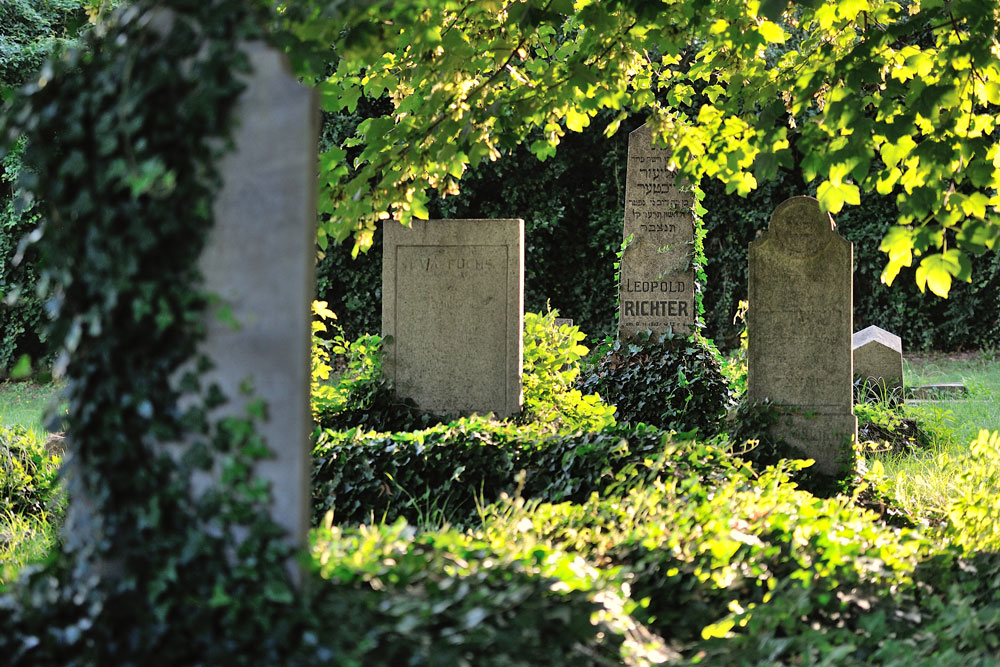

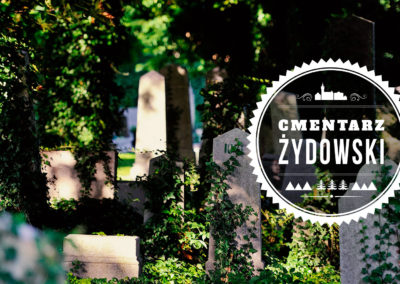
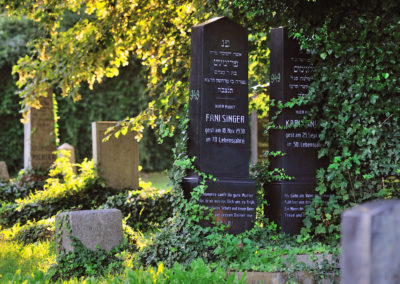
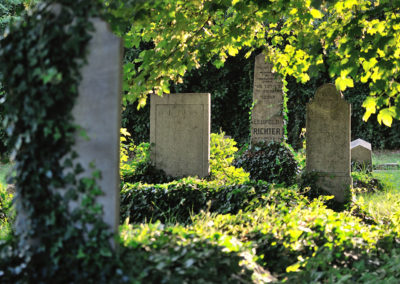
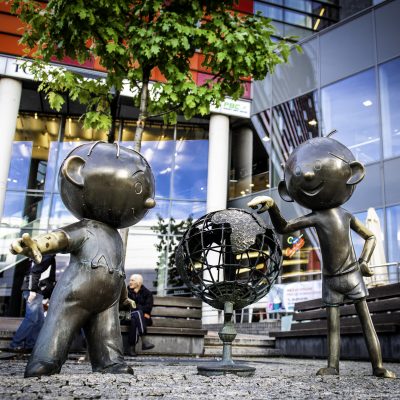

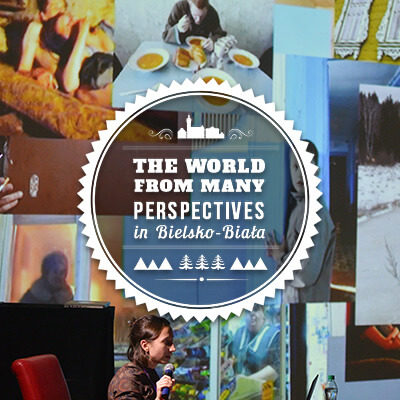

OSTATNIE KOMENTARZE